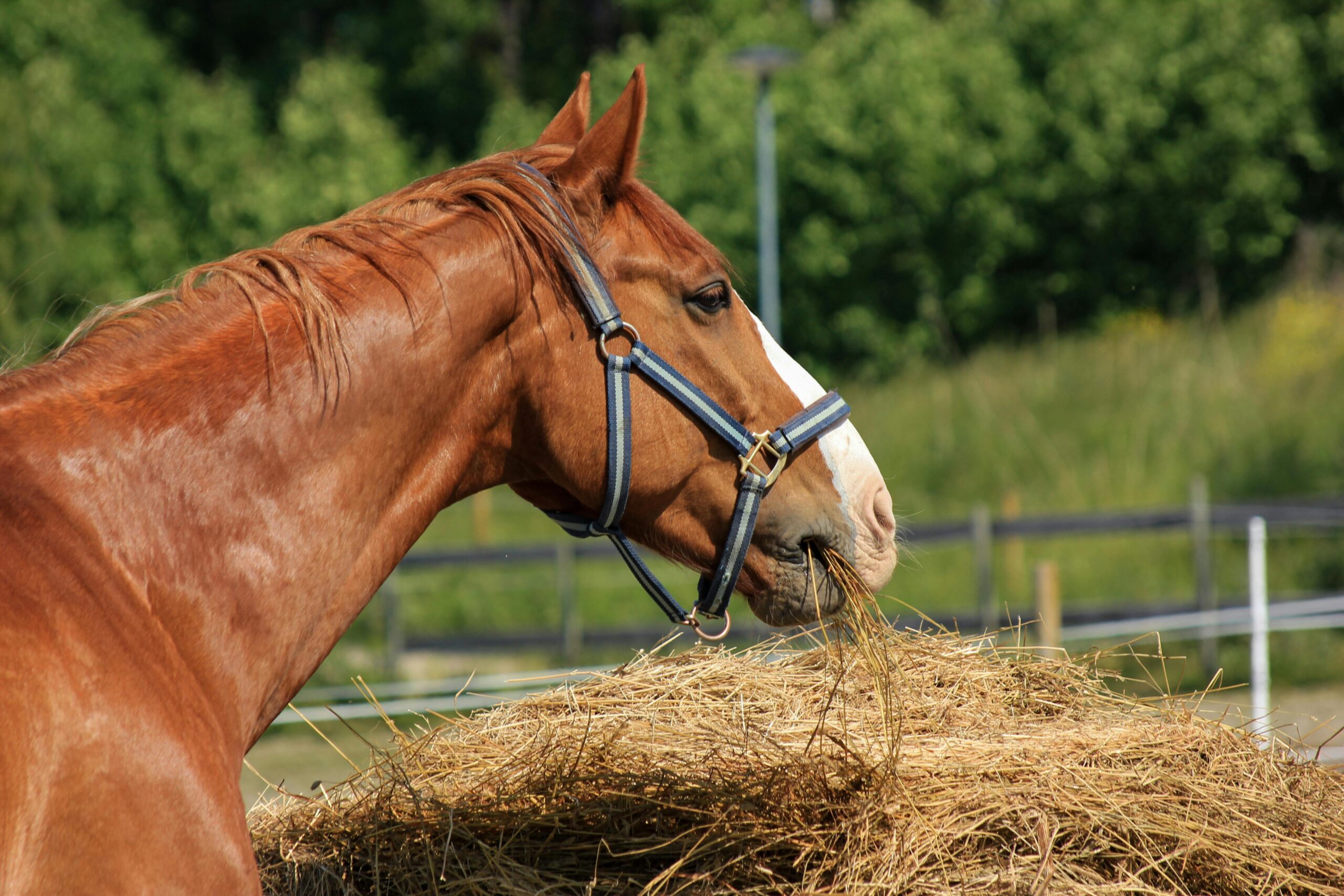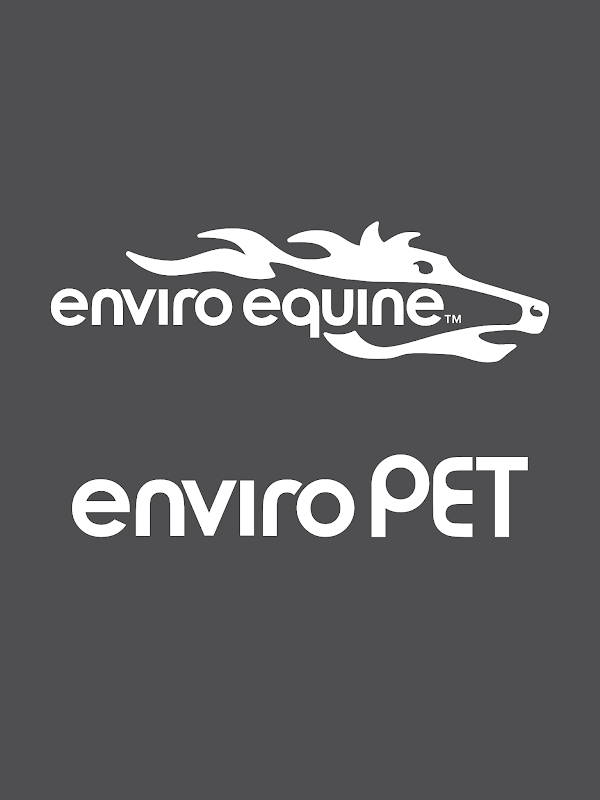As indicated in the first Expert Insights, “The Basics of Equine Nutrition – powered by EnviroEquine,” in the wild or in groups of wild horses, horses spend about 70% of their day eating. Today, most horses are at the mercy of modern management–with feed selection, housing and exercise highly controlled. Horses are often on very strict schedules. Most horses are fed 1-5 times per day, which shifts their natural feeding behavior from being an almost constant eater to situational.
Feeding Management
Many health concerns seen in horses can be linked to less-than-ideal feeding management. So as horse managers and caretakers, we should try to feed them in a way that mimics their natural behavior. But we should also understand what we feed our horses.
Amounts of Nutrients
There are numerous types of feeds available to horses–from hay to muesli and from pellets to beet pulp. All these types of feed have different (amounts of) nutrients.
The amounts of all nutrients required by horses can be found in the National Research Council’s Nutrient Requirements of Horses, published in 2007. Individual requirements depend largely on a horse’s size and physiologic state (i.e. lactation, reproduction, exercise level).
What We’re Covering:
- Forages
a. Important Types
b. Nutritional Quality - Other High Fiber Feeds
a. Types
b. Mashes - Concentrated Feeds
a. Types
b. Potential Problems with Feeding Grain
c. Feeds to Suit the Needs of Different Types of Horses
d. Form of the Feed
e. Ration Balancer - Sugars and Starch
a. Simple Sugars
b. Photosynthesis and NSC Concentrations
c. Feeds High in Starch and Sugar
d. Glycogen
e. High NSC Intake
f. Know the NSC Content of Your Horse’s Diet - Conclusion

Want to take full advantage of this in-depth Expert Insight?
Join the HorseGrooms Community! There are many exclusive materials waiting for you.


